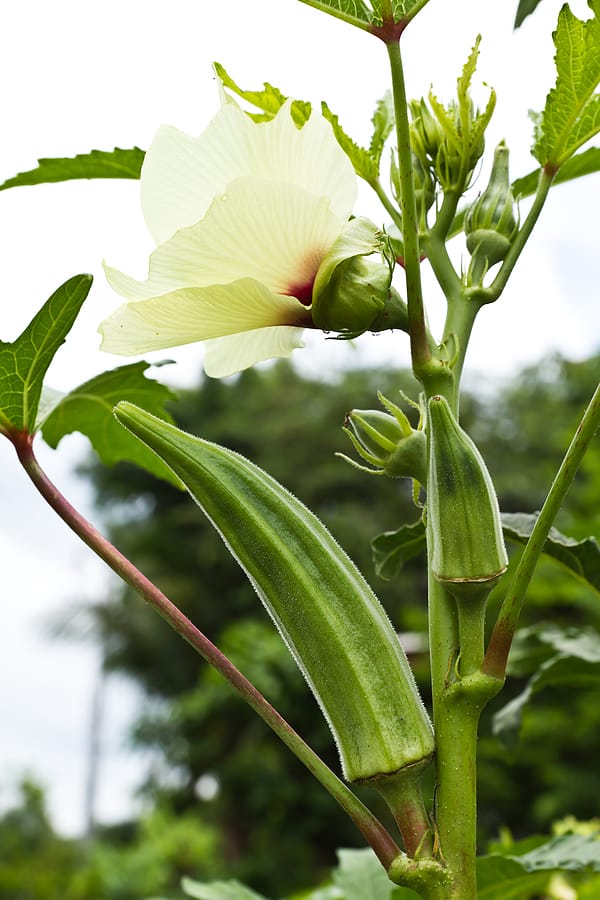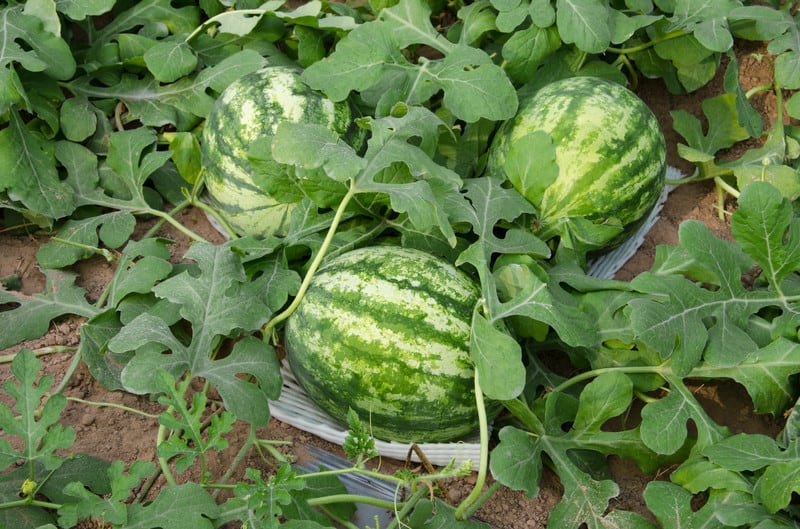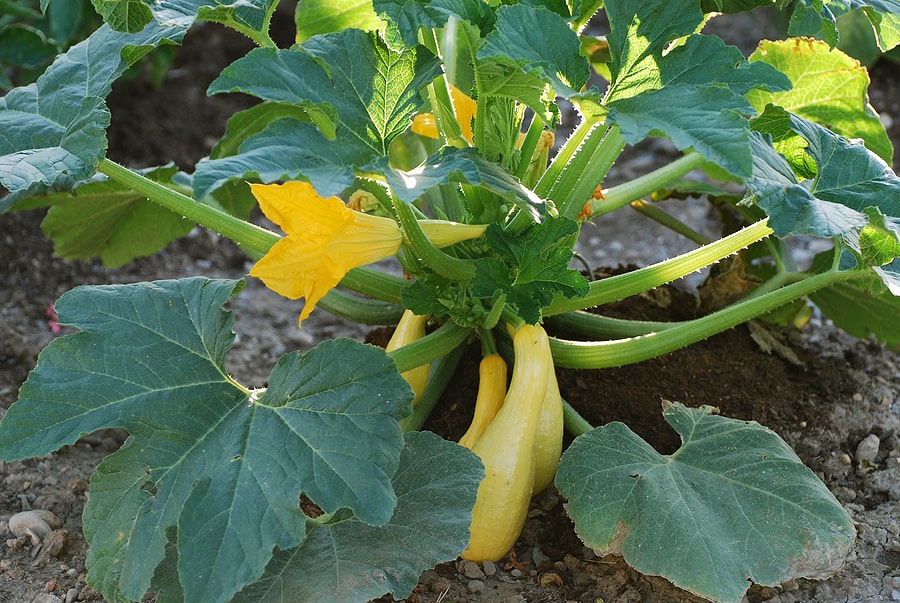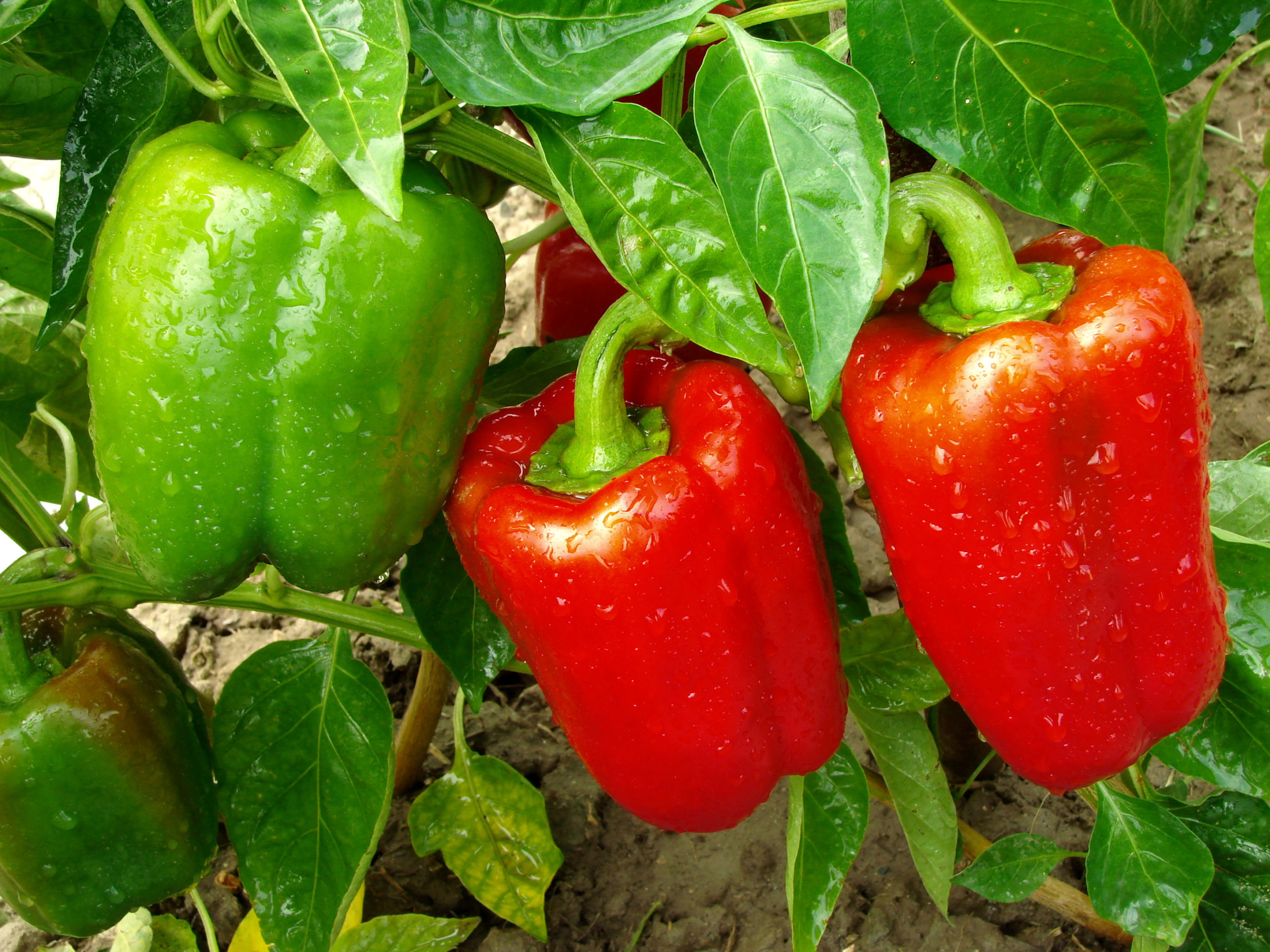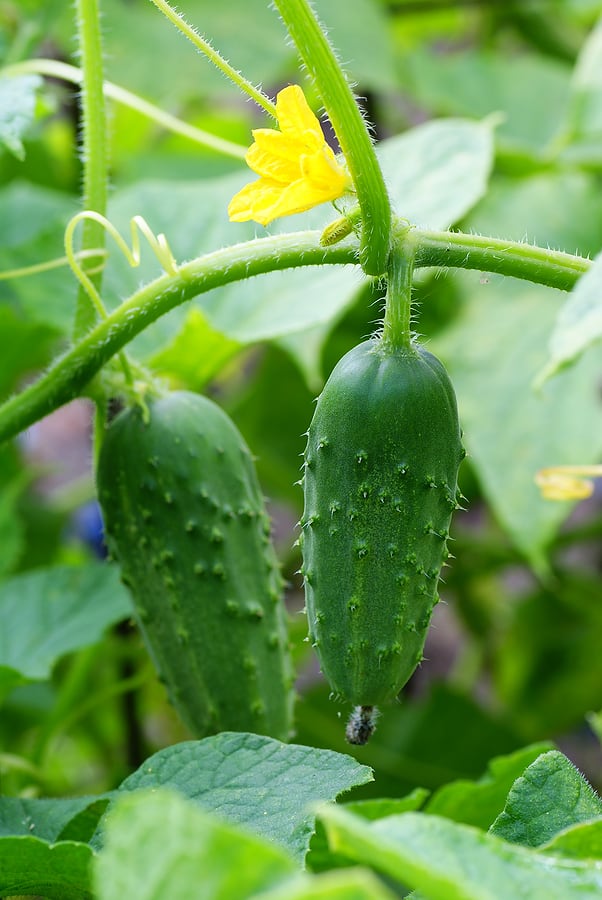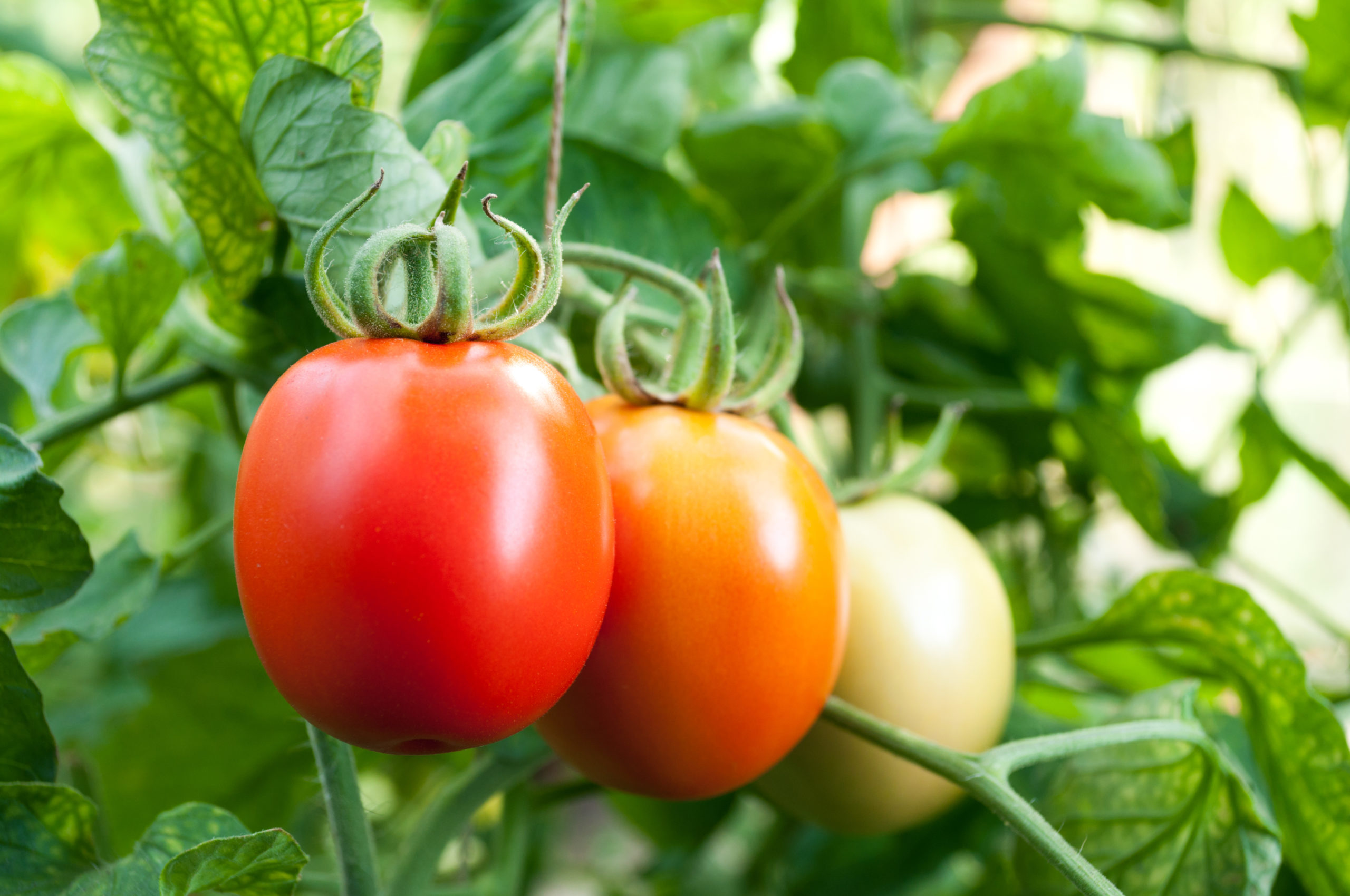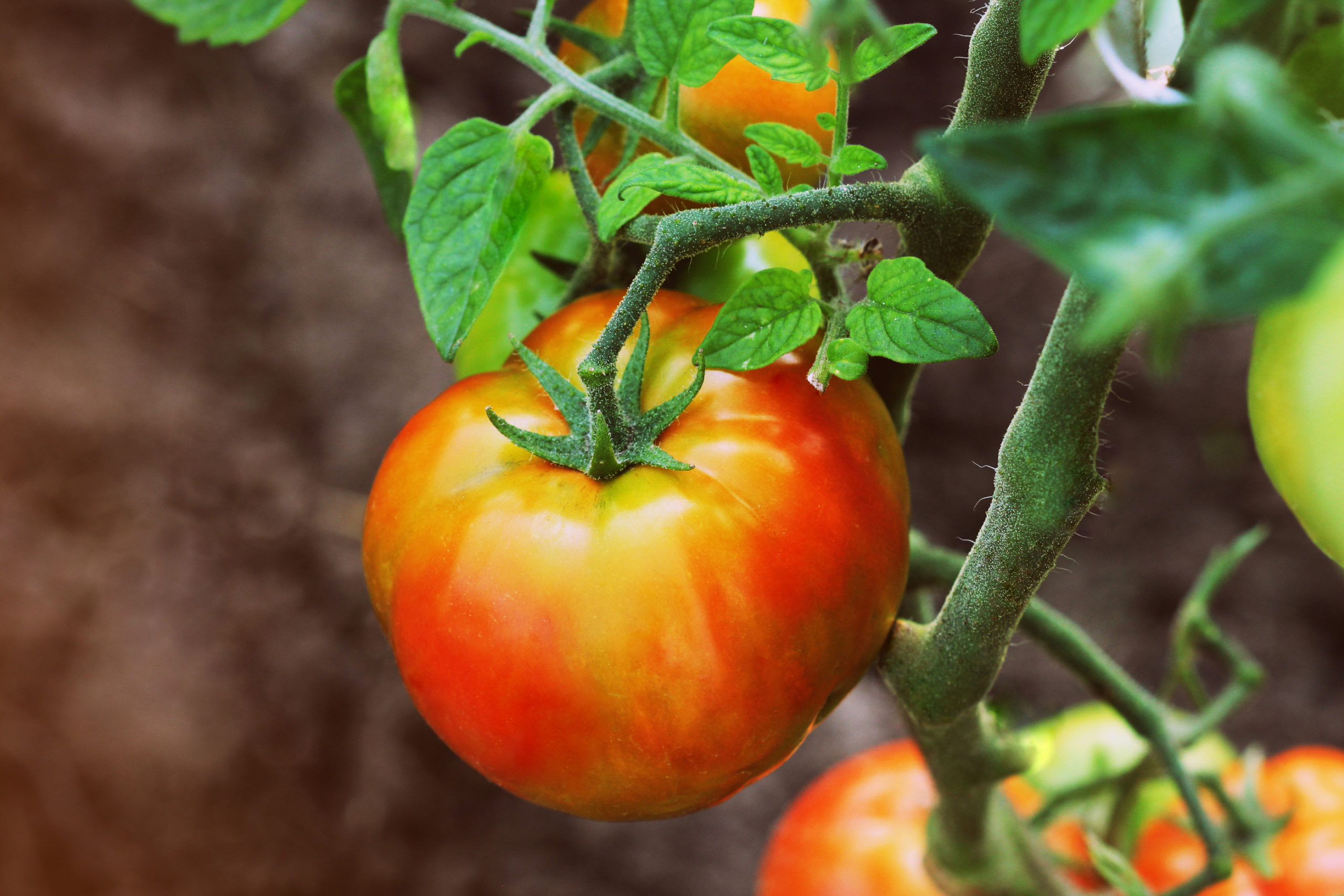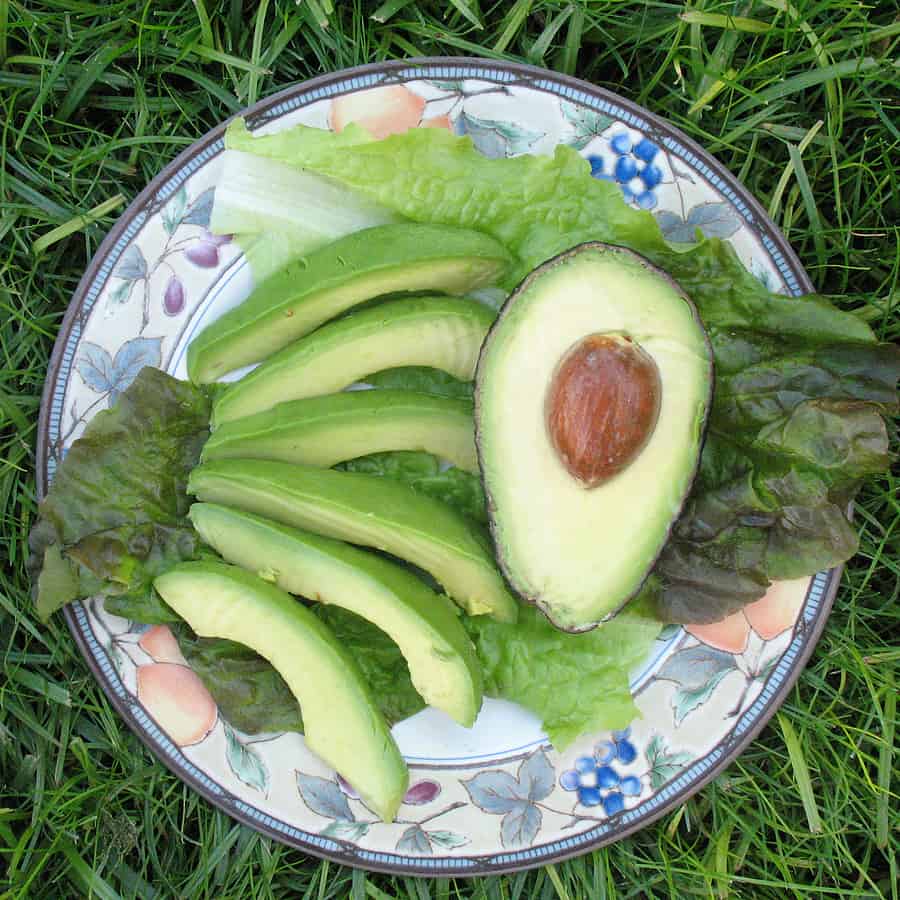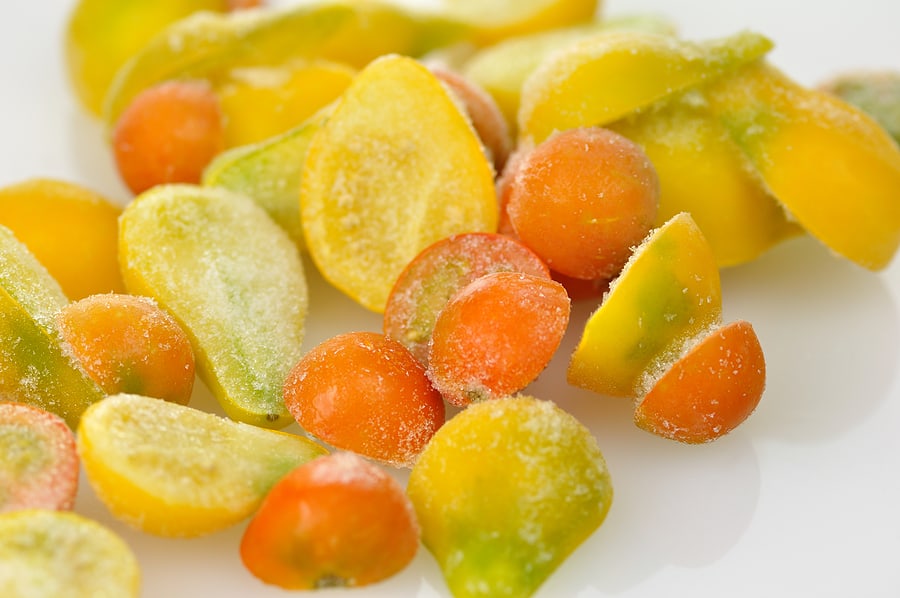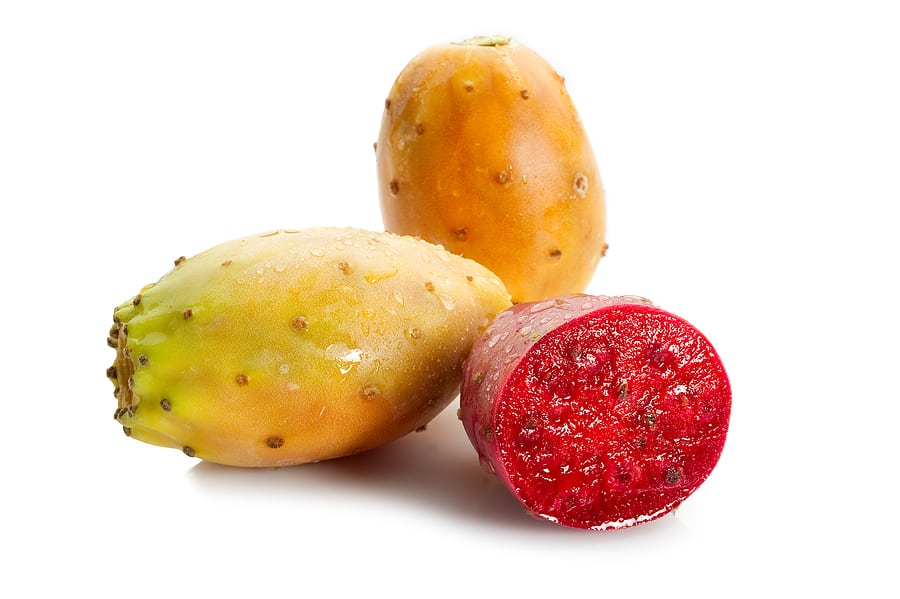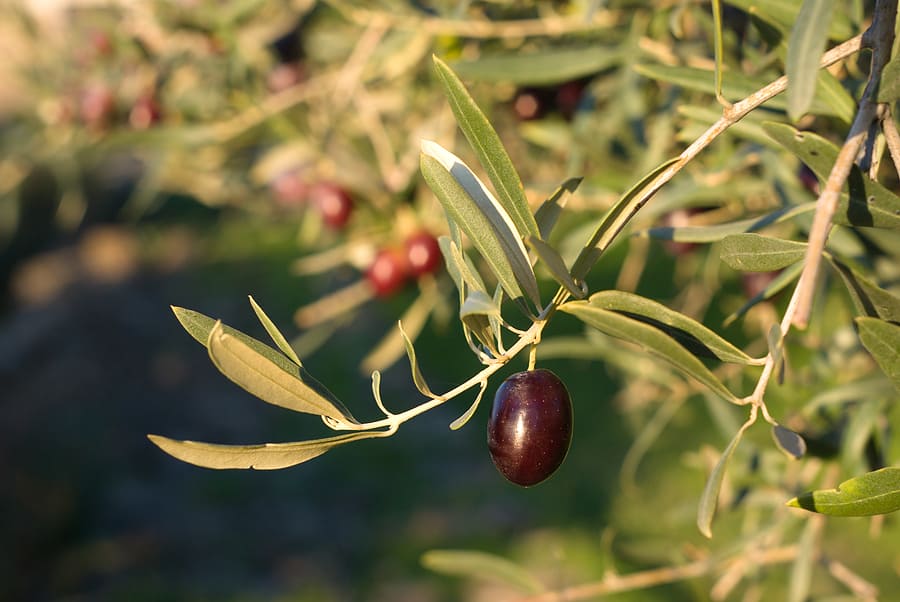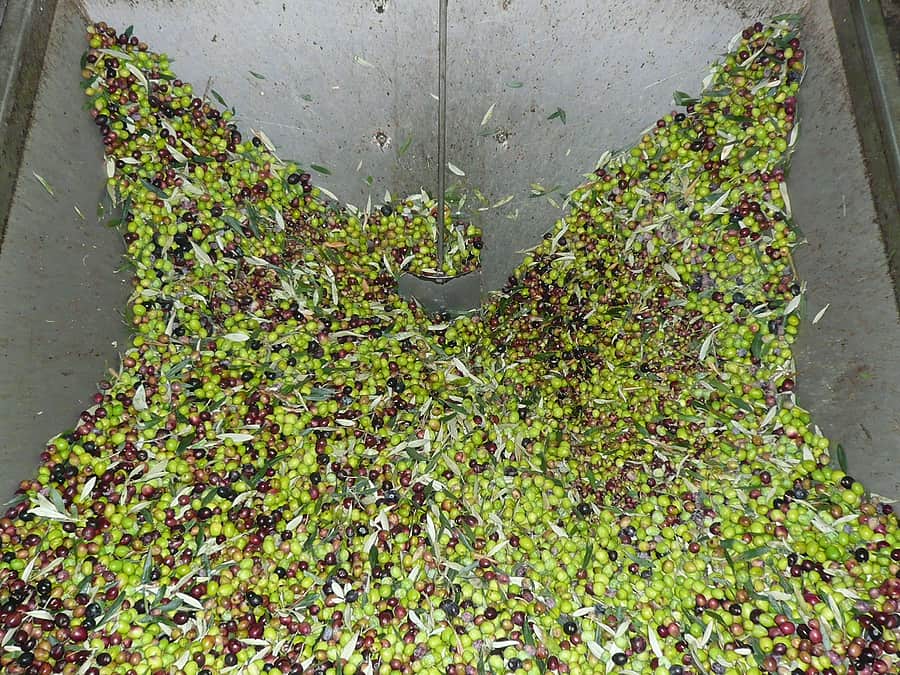Fruit Vegetables
Latest stories
More stories
-
How to Grow Summer and Winter Squash
Native Americans called it isquoutersquash. The British call it marrow. Squash is the American English term. Zucchini, summer squash, winter squash, and pumpkins grow best once the air temperature averages 65ºF (18ºC). That means squash can be sown in late spring just about everywhere, and if you live in a long-growing season region where the […] More
-
How to Grow Sweet Bell Peppers
Peppers come in a wide variety of shapes, sizes, and flavors. From mild, sweet bell peppers to fiery, spicy chili peppers, there is a pepper to fit everyone’s taste. If you’re looking to add a little something extra to your garden, consider growing some peppers! Sweet peppers and hot peppers can be grown from seeds […] More
-
How to Plant and Grow Cucumbers
Cucumbers–natives of India–love warm weather. Wait until soil and air temperatures average 70°F each day before sowing or transplanting cumbers to the garden. While warm temperatures are required for growing, cucumbers require a relatively short season–55 to 60 days from sowing to harvest. In long-season regions, you can plant successive crops. In cool or short-season […] More
-
How to Plant and Grow Tomatoes
Learn how to grow tomatoes in the ground, in raised beds, and in containers. From seedling to harvest, tomato plants require care. Now let’s start the port by understanding the tomatoes in more depth. The tomato is native to semi-tropical western South America. Tomatoes are warm-season annuals. To grow strong and healthy and to bear […] More
-
How to Plant and Grow Eggplant
Eggplant is a very tender warm season perennial grown as an annual. Grow eggplant in the warmest, frost-free time of the year. The edible fruit can be long and slender or round or egg-shaped fruit. The fruit is creamy-white, yellow, brown, purple, or sometimes almost black. Eggplant is a small- to medium-sized bush vegetable that […] More
-
How to Ripen Tomatoes
Standard-sized tomatoes take 20 to 30 days from blossom set to reach full size–commonly called “mature green”; they take another 20 to 30 days to ripen, that is begin to change color. A tomato can be picked when it begins to change color–from green to red, pink, yellow, or orange depending upon the cultivar. The […] More
-
How to Sun-Dry and Oven-Dry Tomatoes
Sun-dry tomatoes or oven-dry tomatoes to use for seasoning in salads, soups, stews, casseroles, mixed vegetables, and snacks. You can also rehydrate dried tomatoes for use in cooking. Dried tomatoes are fresh, ripe tomatoes that have been placed in the sun, in an oven, or in a food dryer to dry out the water content. […] More
-
Ways to Serve Avocado
Avocados have a rich buttery textured flesh with a slightly nutty flavor and can be eaten as a vegetable or a fruit. Avocadoes are usually eaten raw. They do not cook well. Favorite avocado recipe Avocados With Seafood Avocado flavor partners Avocados pair well with chiles, cilantro, crabmeat, grapefruit, lime, shrimp, tomato, tropical fruits, turn, […] More
-
How to Freeze Ripe Tomatoes
Freeze the bounty of tomatoes you don’t eat fresh this summer for use in cooking next winter. How to freeze a tomato Freeze tomatoes whole or cut them into wedges. Wash and dry tomatoes for freezing and cut out any bad spots or bruises. Place whole or sliced tomatoes on a baking sheet and put […] More
-
How to Prepare and Serve Prickly Pear
The prickly pear is a cactus fruit that is actually a berry. The pulp of the prickly pear is sweet and moist with an aroma and flavor similar to a combination of the tastiest tropical and subtropical fruits, strawberry, watermelon, honeydew melon, fig, and banana. The salmon or pink to magenta-colored flesh of the prickly […] More
-
Ways to Prepare and Serve Olives
Olives are fruits. They are either cured for table consumption or pressed for cooking oil. Black olives are ripe. Green olives are not. Green olives have a salty, tart taste. Black olives have a smooth, mellow taste. Ways to serve olives Olive fruit is most often served as an appetizer or added to salads, meat, […] More
-
Olive Oil Basics
Olive oil is made by gently crushing and pressing olives until the oil is separated from the fruit pulp. The flesh of a ripe olive is about half oil. When the skin of a just ripe olive is broken, the first oil to flow from the flesh is called “virgin”, “sublime” or “first expressed” oil. […] More

